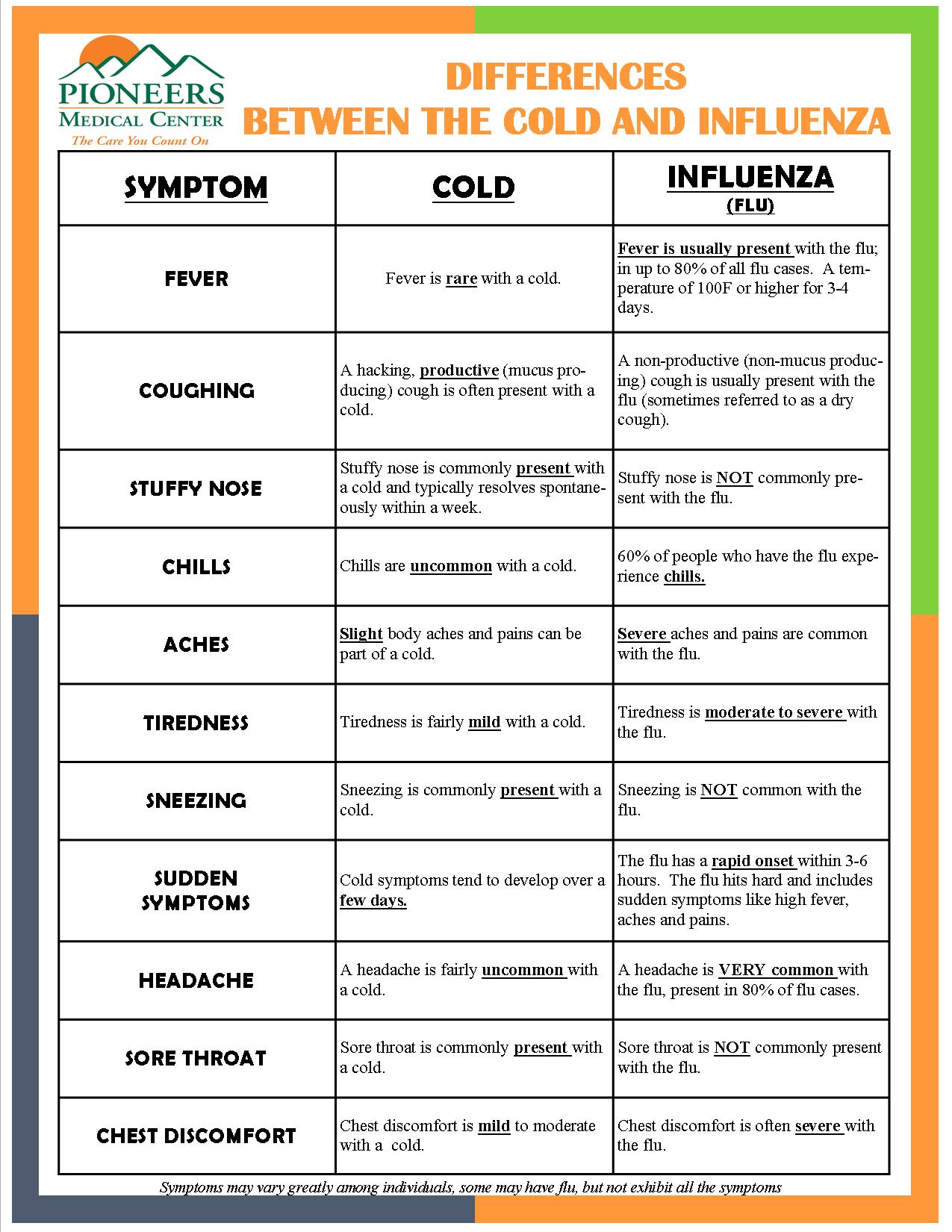Plagued by a running nose, sneezing and coughing, the common cold can leave you feeling tired and depressed. It may last just 3 to 4 days or it can hang around for anywhere from 10 days to two weeks.
Symptoms of the common cold
A sore throat is usually the first symptom of the common cold and this usually vanishes after a couple of days. A runny nose and congestion develops next and they may be followed by a cough on the fourth or fifth day. Children are more likely to develop low-grade fever than the adults. The initial nasal secretions may be watery, though this usually becomes thicker and darker later. This is a natural development and it does not mean that you have developed a bacterial infection. The first three days are the most contagious, so it’s best you stay home and take some much needed rest. If the symptoms improve within 5 to 7 days, you can be sure its just a common cold. But if even after a week, you still feel really unwell, it’s best to see a doctor and find out what exactly is plaguing you – it may be a flu, sinusitis, an allergy or even pneumonia.
How to distinguish whether you have caught a cold or an allergy
Sinus allergies can also cause sneezing, runny noses, congestion, cough and sinus pain. Since these symptoms are common to both the cold and allergies like hayfever, it can be difficult to distinguish between the two. Tiredness, headaches, and difficulty in concentrating are some of the other common symptoms. High pollen counts can lead to dry coughs as well. Understanding the differences between the two can help you get the right treatment for your condition. [1]
Itchiness is one of the major distinguishing factors. Itchy watery eyes, throat, or even an itchy palate are hayfever symptoms that are rarely experienced when you are suffering from a cold. The nasal discharge from an allergy tends to be clear, while for a cold, the mucus will be yellowish green. With a cold, you often get a sore throat, while for hayfever it is mostly an itchy dry feeling in the throat. The duration is usually what raises suspicion. A cold should not last more than 2 weeks, though a cough can take longer to recover. Colds can occur any time of the year though they are more frequent during the cold winter season. Hay fever is triggered mostly during the spring and summer months. Allergic rhinitis can occur as long as the person is exposed to the allergen, such as dust mites, animal dander, and mold.
How to distinguish whether you’re having a cold or a flu
Colds and flus are both caused by viruses. But flu symptoms are usually much more severe. You need to watch out as a common complication of flu is pneumonia. [2]
Cold symptoms tend to develop gradually throughout the week. Flu, on the other hand, comes on suddenly and you may feel worse within just a few hours High fever is another indication, cold is generally accompanied by a low-grade or none at all. Your muscles and joints will probably ache much more when you contact flu. Though the chills and fever may subside in 3 to 5 days, you may feel weak and tired for a couple of weeks.
Conclusion
A cold is best treated at home with simple home remedies for symptom relief. Since they are caused by viruses and not bacteria, they cannot be treated with antibiotics. Taking antibiotics can make you feel slightly better as they have a mild anti-inflammatory effect, but this benefit gets negated as the medicine destroys the beneficial bacteria that live in the digestive tract. In fact, this may actually increase your chances of contracting an infection later which will be resistant to antibiotic treatment. [3] Then again, don’t take it too lightly either. Sinus, ear, and lung infections like bronchitis and pneumonia can be bacterial. Then you may need antibiotics for treatment. If you have a fever of over 102 degrees Fahrenheit, shortness of breath or a persistent uncontrollable cough, it is best to call your physician’s office. Featured photo credit: collegeofhairandbeauty.ie via collegeofhairandbeauty.ie
